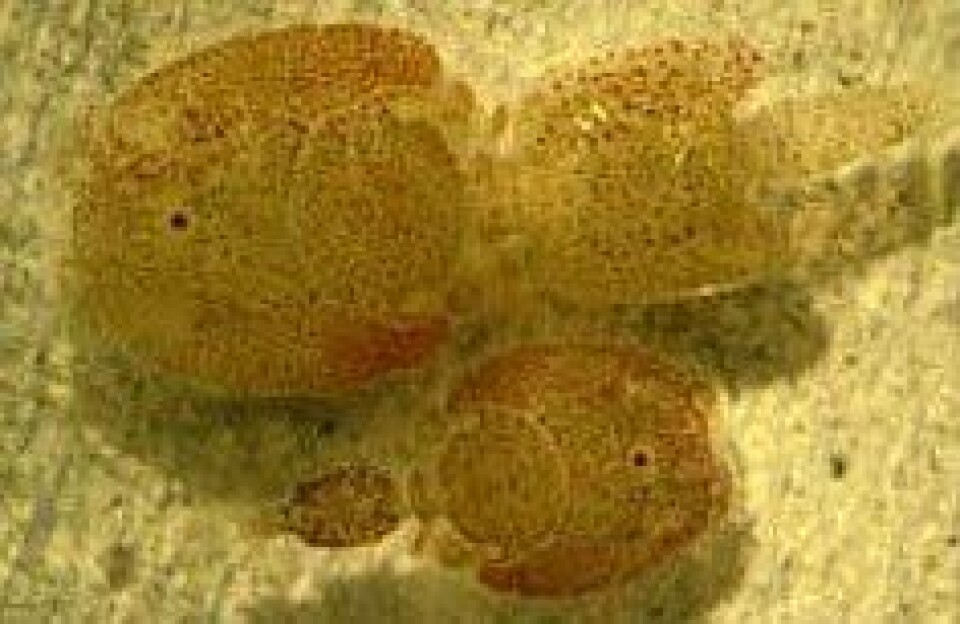
Salmar struggles with lice situation
Salmar has revealed that it has s fish farming operations in Central Norway have suffered from lice problems, with bids to keep parasite numbers below the necessary threshold leading to higher costs in the quarter.
Market developments, on the other hand, have been positive, largely thanks to a weak NOK. The average spot price for salmon in the third quarter came to NOK 41.09 per kg, up NOK 3.09 per kg from the previous quarter and NOK 5.80 from the third quarter 2014.
"The third quarter was an operationally challenging period for the SalMar Group. Biological issues, particularly those associated with the handling of salmon lice at our marine-phase fish farms, increase costs and reduce our operational efficiency. Lice numbers are expected to fall towards the end of the fourth quarter and into 2016 as a result of harvesting of the 2014-generation of fish and lower sea temperatures. Favourable price developments, measured in NOK, have however contributed to satisfactory financial results in the quarter," says SalMar CEO Leif Inge Nordhammer.
SalMar generated gross operating revenues of NOK 1.88 billion in the third quarter 2015, marginally up from the same period last year. The Group harvested a total of 35,400 tonnes, down 1,000 tonnes from the same period in 2014. Operational EBIT came to NOK 333.7 million, down from NOK 437.7 million in the third quarter 2014. In the second quarter this year, SalMar posted an Operational EBIT of NOK 335.1 million.
SalMar's Central Norway and Rauma segments continue to face biological challenges, particularly with regard to the salmon lice situation. The high frequency of treatment resulted in lower final feeding rates and lower growth. Persistently high levels of lice also led to premature harvesting at certain sites, which resulted in a lower average weight for the fish harvested.
The results for SalMar's Northern Norway segment were affected by operational problems at an individual site during the quarter. The site in question harvested fish transferred to the sea in the autumn of 2013 and accounted for almost half the overall volume harvested in the period. The biological development of fish transferred to the sea in the spring of 2014 has been significantly better. Costs are therefore expected to be lower in the fourth quarter 2015.
Activity in the Sales and Processing segment was high during the quarter, and underlying operations were good. However, the biological difficulties experienced by Central Norway led to increased variation in quality and weight, which had a negative impact on operational efficiency. Around 45 per cent of the harvested volume was sold under contract in the third quarter 2015. The prices achieved were lower than the average spot price in the period, which has reduced the segment's overall results.
Based on estimates of the standing biomass at the close of the quarter, the global supply of Atlantic salmon is expected to remain relatively constant in the time ahead. No growth is expected in 2016 as a whole compared with 2015.
Output from Norway in the fourth quarter is expected to be 3 per cent lower than in the corresponding period last year, such that the output from Norwegian salmon farmers is expected to total just over 1,215 million tonnes, up 1 per cent from 2014. No growth in the supply of salmon from Norway is expected in 2016.
SalMar has reduced its harvesting forecast for 2015 as a whole by 4,000 tonnes to 135,000 tonnes, while Norskott Havbruk (Scottish Seafarms) expects to harvest around 28,000 tonnes. For 2016 as a whole, SalMar expects to harvest 133,000 tonnes in Norway.






















































